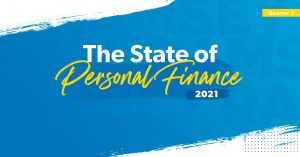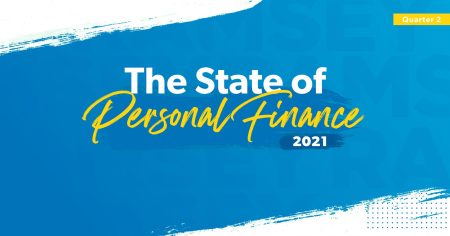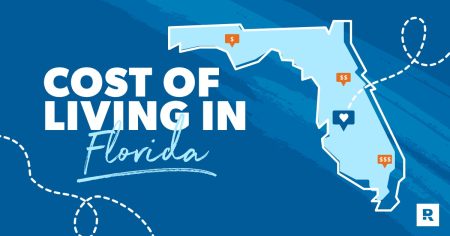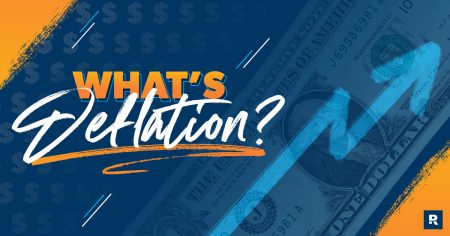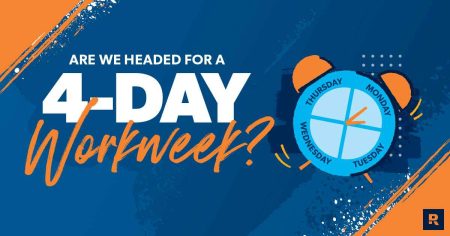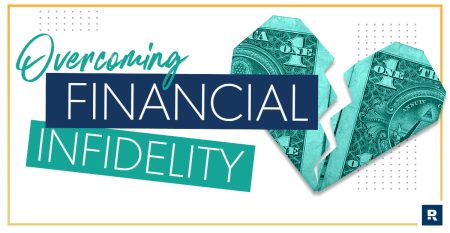Credit Sesame’s personal finance news roundup September 7, 2024. Stories, news, politics and events impacting personal finance during the past week.
Employment growth shows new signs of weakness
Following a disappointing jobs report last month, employment for August 2024 showed a lackluster gain of just 142,000 jobs. While this is an improvement over July, it is below the average of 202,000 new jobs over the last 12 months. Also, there were major downward revisions to the initial job growth estimates for June and July. The net result is that August’s job growth represents a net rise in employment of just 56,000 over what was previously thought. See employment report at BLS.gov.
Middle-class households believe they can afford retirement
A new Transamerica Institute study of middle-class households found that most are confident they will have enough money for a comfortable retirement. The study defines the middle class as households with incomes between $50,000 and $199,999. 69% said they expect to be able to afford retirement, with 21% saying they are very confident and 48% saying they are somewhat confident. A slightly lower number (62%) say they are currently building a large enough retirement nest egg. Despite this confidence, outliving savings was found to be tied as the most common retirement fear of middle-class households. 40% said this was their greatest retirement fear, the same percentage that said they feared declining health requiring long-term care. See study at TransamericaInstitute.org.
Planned production hike delayed by OPEC+
OPEC+ nations have agreed to delay a planned oil production increase for at least two months. The OPEC+ grouping includes the oil cartel and independent oil-producing nations cooperating with the cartel on some issues. The production increase would have been a partial reversal of earlier production cuts. The delay in the production increase is an attempt to firm up oil prices after they plunged recently. Weak economic data from the world, particularly China, had caused the recent drop in oil prices. China is the world’s biggest oil importer. See article at Reuters.com.
FTC warns of student aid scam
The Federal Trade Commission has issued a consumer alert regarding a scam targeting college students. In the scam, someone will call a student pretending to be from their college’s financial office. They will claim that the student’s financial aid has fallen through, and the student needs to make an immediate payment in order to start classes. They may demand bank or credit card information. Otherwise, the scammer may demand that a payment be made in cryptocurrency or via a money transfer. This preys on students who may be inexperienced financially and anxious about not starting college off on the wrong foot. Students are advised that colleges do not demand immediate payment or sensitive information over the phone. See article at ABA.com.
New measure of debt service ratios shows larger payments
The Federal Reserve has introduced a new measure of calculating debt service ratios (DSRs) based directly on data reported to credit bureaus. DSRs measure the percentage of disposable personal income comprising required debt payments. The higher the DSR, the greater the burden of debt payments on consumers. Under the new methodology, total DSRs are now around 12% of income. Previously, they were measured at just around 10%. Mortgage DSRs are higher under the new methodology, while DSRs for other consumer debt are lower. See article at FederalReserve.gov.
Economic growth fading in most of the United States
The Fed’s Beige Book report for August showed that only a minority of districts reported economic growth during the month. In the prior report, from mid-July 2024, most of the 12 districts included showed growth. This is now reduced to 3. The remaining nine districts had either flat or declining growth. Despite the slowing growth, employment levels were flat to slightly higher in recent weeks. Overall, the report’s lackluster view of growth supports a Fed Rate cut at its September 17-18 meeting. See details at FederalReserve.gov.
Bank profits up in the second quarter
The FDIC reported that bank profits rose 11.4% during the second quarter of 2024. Profits of FDIC-member banks totaled $71.5 billion. Declining noninterest expenses and higher noninterest revenues were the leading contributors to the increase in profits. Banks also had higher gains on the sale of securities during the quarter. In contrast to the drop in noninterest expenses, higher funding costs reduced banks’ net interest margin. Overall, higher profitability bodes well for the health of the banking system. One cautionary note was the rise in the charge-off rate. This measures debts that banks are unable to collect. The charge-off rate rose by three basis points in the quarter and by 20 basis points over the past year to reach 0.68%. This is the highest charge-off rate since 2013. See details at FDIC.gov.
Weekly news headlines from Credit Sesame
Read the full article here




